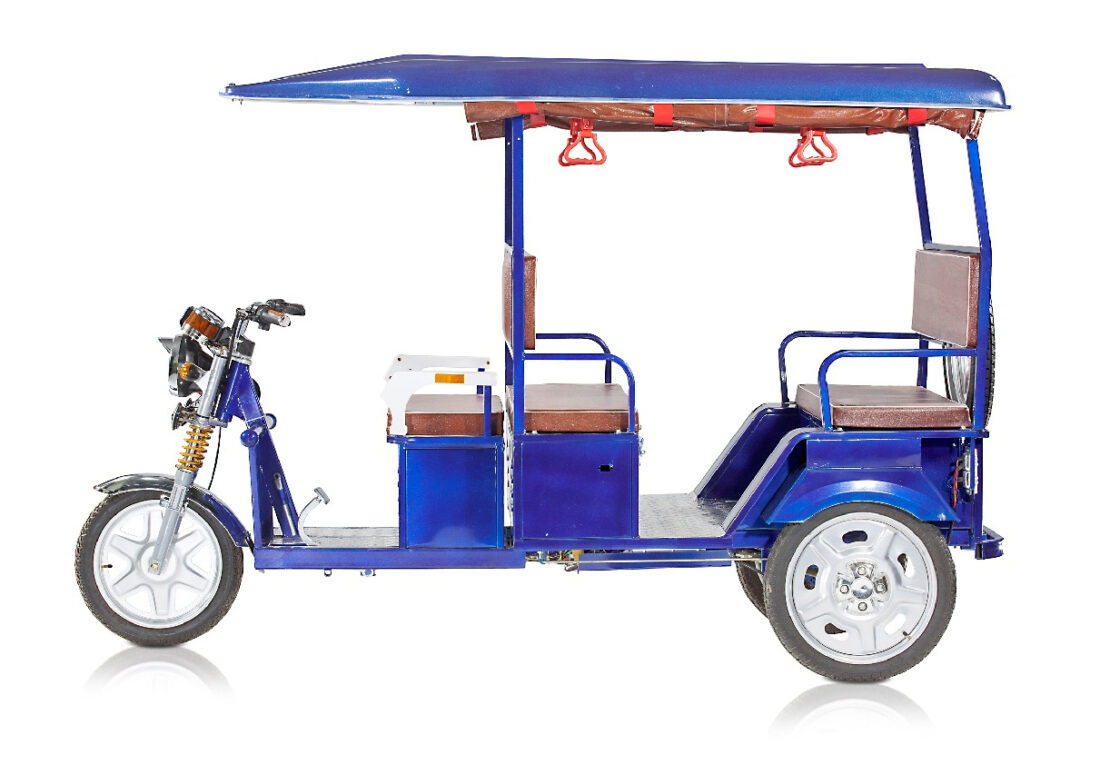E-Rickshaw, or electric Rickshaw, have been gaining popularity across India as an eco-friendly means of transportation. These battery-powered three-wheeled passenger vehicles are helping address issues of traffic congestion and pollution in urban areas while providing an affordable commute option.
Addressing the Transportation Needs of Growing Cities
India is experiencing rapid urbanization as more people migrate to cities for education and employment opportunities. This has drastically increased traffic and strained existing public transportation systems. E-Rickshaw are helping meet the first and last-mile connectivity needs in cities by providing door-to-door transportation services. They can easily navigate narrow lanes and bypass traffic jams to reach locations that larger buses and metro trains cannot access. This makes e-Rickshaw an indispensable part of the urban mobility solution.
Over 500,000 e-Rickshaw are estimated to be operational across India currently. Cities like Delhi, Bengaluru, Lucknow, and Patna have seen a massive increase in their numbers over the past 5 years. For many residents, e-Rickshaw have become the preferred mode for short daily commutes to work, school, marketplaces etc. Their low-cost fares of Rs. 5-10 make them accessible even to people from low-income households.
An Environmentally-Friendly Mode of Transport
With the growing threat of climate change and deteriorating air quality in cities, there is a dire need to reduce vehicular pollution emissions. E-Rickshaw offer a clean alternative as they are powered by rechargeable lead-acid or lithium-ion batteries instead of fossil fuels. They do not produce any smoke or smog, helping curb air and noise pollution substantially.
E-Rickshaw can travel up to 70-80 km on a single charge, making them a viable green option for daily use. Compared to petrol or CNG three-wheelers, they result in 80-90% lower CO2 emissions. If adopted on a mass scale, e-Rickshaw can significantly improve urban air quality and public health. Various studies have shown the positive impact of substituting only 10-15% of conventional auto-Rickshaw with EVs in cities.
Subsidies Drives Mass Adoption
To encourage the adoption of electric vehicles, the government of India launched the Faster Adoption and Manufacturing of Electric Vehicles (FAME) scheme in 2015. It provides purchase incentives of up to Rs. 30,000 for e-Rickshaw to boost their affordability. Several state governments such as Delhi, Maharashtra and Haryana have also rolled out subsidies between Rs. 10,000-25,000 under their respective EV policies.
This has led to a proliferation of e-rickshaw driving schools and micro-financing options to support drivers from economically weaker sections. Companies are developing innovative rental and leasing models to increase the ownership of electric vehicles among low-income communities. With subsidies and enabling policies, it is estimated that e-Rickshaw could account for 25-30% of all urban vehicles in India over the next 5 years.
Generating Local Employment
According to industry estimates, nearly 2 million jobs have been created by the e-rickshaw sector in India so far, providing an alternate source of livelihood in cities. Most drivers are first-generation migrants who earn Rs. 10,000-15,000 per month after expenses. The low startup cost and negligible operational costs of e-Rickshaw allows anyone to get into this business with minimal capital investment.
Various state-level skill development programs are imparting e-vehicle driving training to unemployed youth and helping them secure a e-rickshaw on loan. This phenomenon of “job creation through wheels” is especially empowering women from poorer households to enter the workforce as e-rickshaw drivers. With increasing mechanization of other industries, e-Rickshaw offer a sustainable income option for unskilled workers.
Manufacturing Hubs Emerge Across India
To meet the growing demand, over 100 e-rickshaw manufacturing units have come up in different parts of India in the last 3 years. Some key manufacturing hubs include – Gurugram and Manesar in Haryana, Faridabad in UP, Pune in Maharashtra and Haridwar in Uttarakhand. Major automakers like Hero Electric, Saarthi and Ampere have set up large factories producing thousands of e-Rickshaw annually.
Key components such as batteries, motors and electrical parts are also being locally sourced across the value chain. This has provided a boost to ancillary industries and created skilled jobs for electricians, welders and assembly line workers. WithMake in India incentives, startups are diversifying into retrofitting existing auto-Rickshaw and developing advanced EV technology suitable for shared mobility. E-Rickshaw exemplify how the government’s push for EVs can catalyze industry growth and manufacturing in smaller cities.
Road Ahead to a Sustainable Future
As costs fall and charging infrastructure expands, the e-rickshaw segment is poised to play a defining role in India’s transportation transformation. Continuous R&D is underway for higher battery capacity, swapping facilities and efficient powertrain designs. While last-mile connectivity remains their forte, upgraded e-Rickshaw can augment public transport by ferrying more passengers over longer distances.
If supported with the right policies, investments and innovative business models, e-Rickshaw have the potential to serve as the backbone of urban shared mobility across South Asia. By electrifying the first mile, they can help actualize the vision of accessible yet zero-emission mobility for all. With collaborative efforts from industry, government think the e-rickshaw could light the way to a greener and more equitable transportation future ahead.
*Note:
1. Source: Coherent Market Insights, Public sources, Desk research
2. We have leveraged AI tools to mine information and compile it

